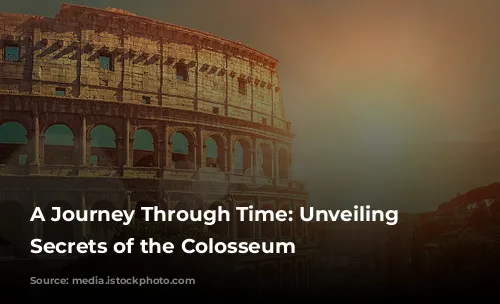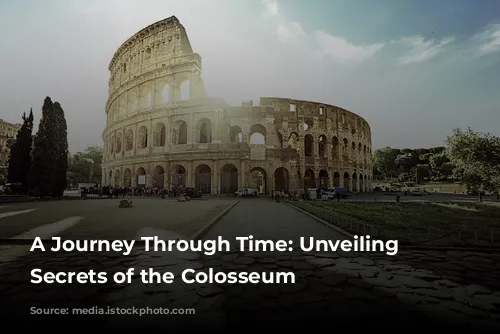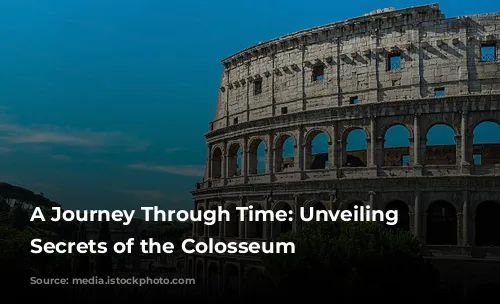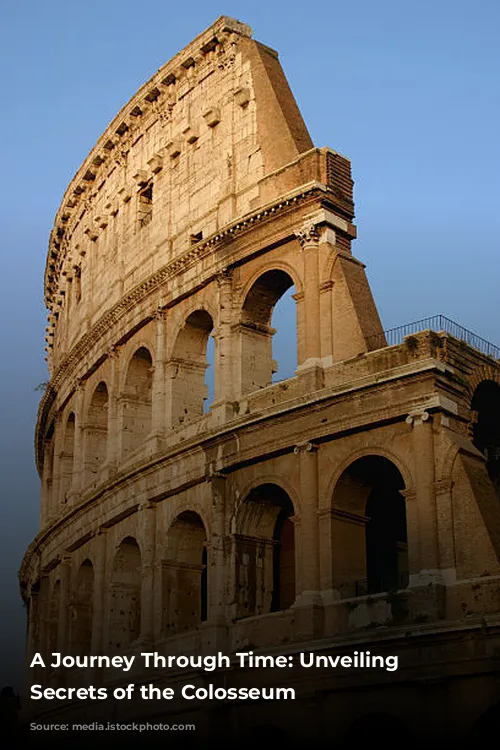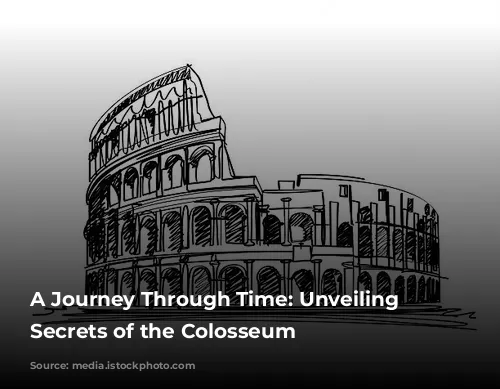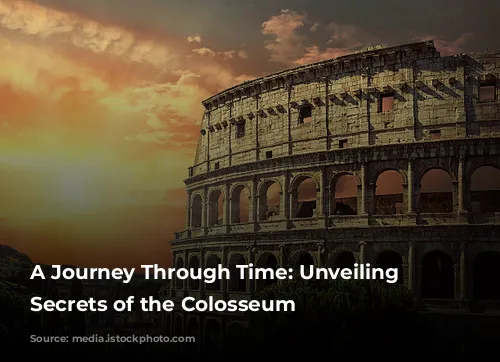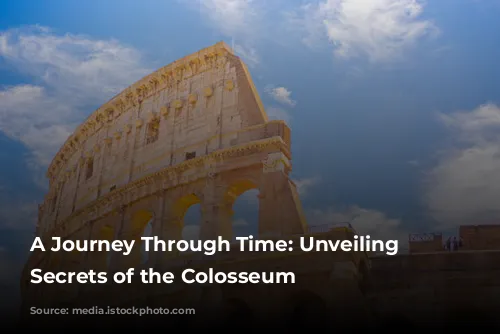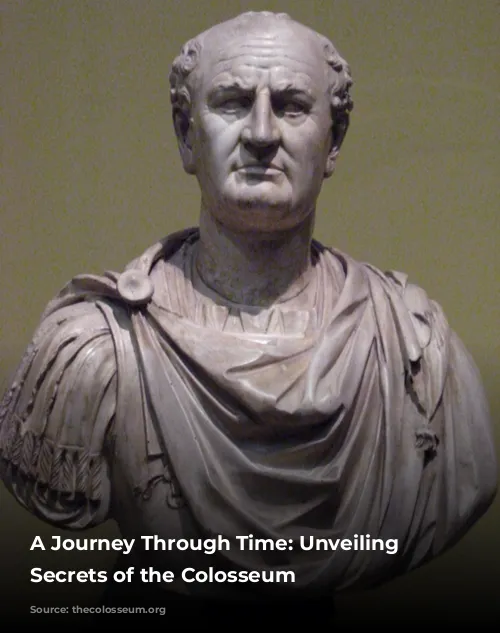The Roman Colosseum, a timeless monument that stands as a testament to the grandeur of the Roman Empire, boasts a history spanning nearly two millennia. This majestic arena witnessed countless spectacles, from bloodthirsty gladiator battles to thrilling hunts pitting humans against fierce beasts, and even gruesome executions of war prisoners and criminals. As you prepare to embark on a journey to this iconic landmark, delve into these fascinating facts about the Colosseum and impress your companions with your knowledge.
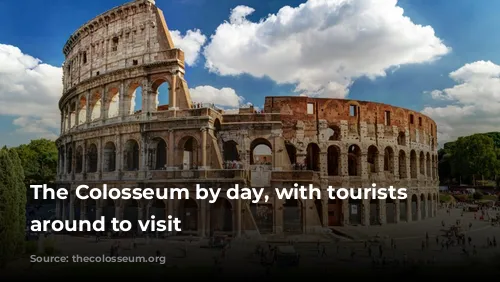
Construction and Origins
When was this architectural marvel built? Construction began in 72 AD, under the reign of Emperor Vespasian, and was completed in 80 AD, a testament to the Romans’ remarkable building prowess. However, Emperor Vespasian’s untimely demise before the Colosseum’s completion led to its completion under his sons, Emperors Titus and Domitian. Who were the tireless workers behind this monumental endeavor? The Colosseum’s construction was primarily carried out by Jewish slaves, under the expert guidance of Roman engineers and craftsmen.
Following the devastating First Jewish-Roman War, a large number of Jewish inhabitants were captured and enslaved, estimated to be between 60,000 and 100,000. These unfortunate souls were brought to Rome and forced to contribute their labor to the Colosseum’s construction.
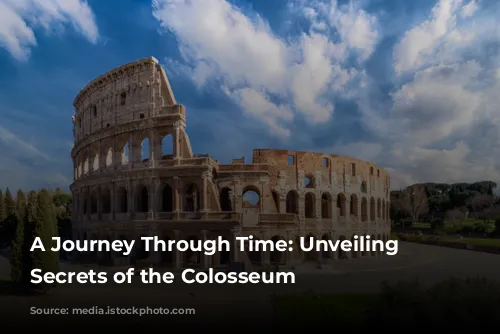
The Colosseum’s Name and Purpose
Why was the Colosseum built? The Colosseum’s creation was a direct response to the Great Fire of 64 AD, which consumed a significant portion of Rome. Emperor Nero, known for his extravagance, had commissioned the construction of a luxurious palace, the Domus Aurea, in the devastated area. This lavish palace did not sit well with the Roman citizens, who saw it as a symbol of Nero’s self-indulgence.
When Vespasian ascended to the throne, he demolished Nero’s palace and, in its place, ordered the construction of the Colosseum. This majestic amphitheater was designed to be a grand spectacle for all Roman citizens, a place where they could gather for entertainment and celebrate the glory of the Roman Empire.
What is the origin of the name “Colosseum”? The Colosseum was initially known as the Flavian Amphitheater, a tribute to the Flavian dynasty, Emperor Vespasian and his successors, Titus and Domitian. However, the name “Colosseum” likely stems from the colossal bronze statue of Emperor Nero, modeled after the Colossus of Rhodes, that stood nearby.
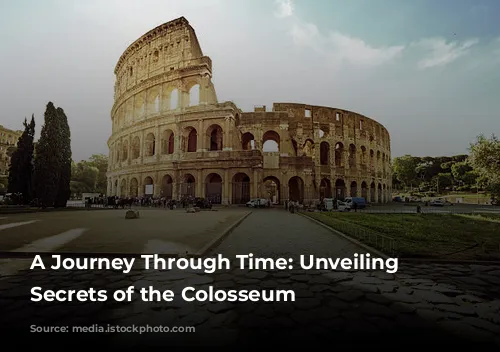
The Colosseum’s Mighty Dimensions
What are the grand dimensions of the Colosseum? The Colosseum, a masterpiece of Roman architecture, is an oval-shaped structure. Its impressive dimensions are 189 meters long, 156 meters wide, and a towering 48.5 meters high. The Colosseum’s footprint encompasses a vast area of 6 acres, a testament to the Romans’ ambition and engineering prowess.
How many arches adorn the Colosseum’s outer walls? The Colosseum’s exterior is adorned with three levels of columns – Doric, Ionic, and Corinthian, each level boasting 80 arches. These arches were not mere decorative elements; 76 of them were numbered with Roman numerals, serving as guiding markers to help citizens locate their seats within the vast arena. Today, 31 of these arches, remnants of the ground level, remain intact, a testament to the Colosseum’s enduring legacy.
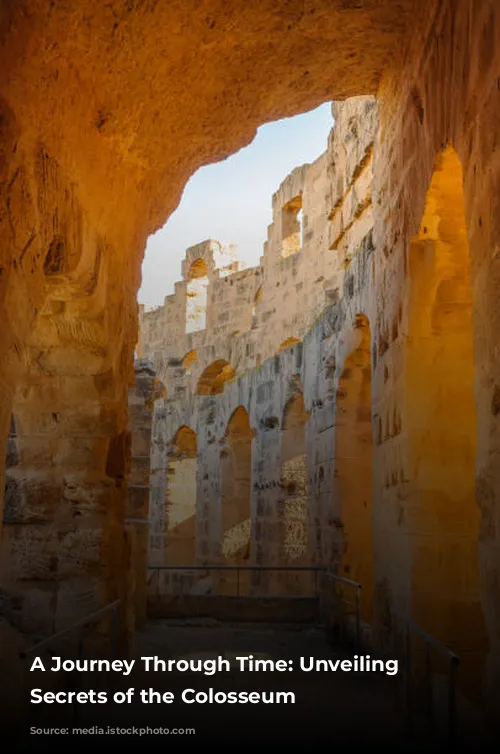
Inside the Colosseum: Tunnels, Trapdoors, and Spectacles
What lies beneath the Colosseum’s grand façade? Beneath the Colosseum, an intricate network of tunnels and chambers, known as the Hypogeum, was built. This complex network served as a holding area for gladiators, animals, and prisoners before they were unleashed into the arena. The hypogeum also contained 80 vertical shafts, providing access to the arena, and a system of trapdoors through which elaborate scenery elements were deployed during the spectacles.
How many spectators could witness the Colosseum’s spectacles? The Colosseum had an enormous capacity, seating between 50,000 and 80,000 spectators, demonstrating its significance as a focal point for entertainment in the Roman Empire.
What types of spectacles captivated the crowds? The Colosseum was the stage for a wide array of spectacles, but gladiator battles were the most popular and well-known. Other thrilling events included hunts, executions, and even Naumachia, staged naval battles that required the Colosseum’s arena to be flooded.
Were gladiator fights as brutal as they are often depicted? While gladiator battles undoubtedly involved violence, they were not simply gruesome free-for-alls. They were more akin to contemporary boxing matches, with fighters categorized by size and fighting style. Matches were overseen by referees and doctors, and death wasn’t always the outcome. Successful gladiators achieved celebrity status and could enjoy long careers, accumulating numerous victories without succumbing to death in the arena.
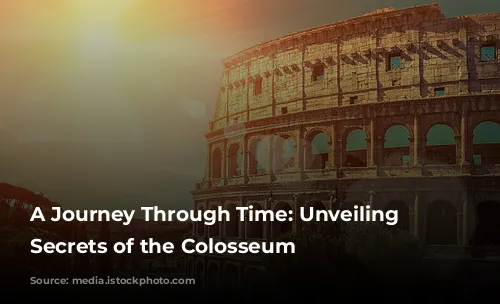
The Colosseum’s Legacy and Transformation
When did gladiator battles cease in the Colosseum? The last documented gladiator battles took place in 435 AD, although the Colosseum continued to host hunts for another century.
Why did the Colosseum’s bloodsports come to an end? The decline of gladiator battles wasn’t solely due to the rise of Christianity, as is commonly believed. Financial constraints played a pivotal role. By the 5th century, the Colosseum was in a state of disrepair, the Roman Empire was in decline, and the resources needed to maintain the arena, pay for gladiators, and procure wild animals were scarce.
What misfortunes has the Colosseum endured? The Colosseum has endured a number of misfortunes, including at least three major fires and at least four earthquakes. These devastating events caused significant damage, but the Colosseum was repeatedly repaired and rebuilt, a testament to its enduring resilience.
What other uses has the Colosseum seen? Over the centuries, the Colosseum has served various purposes beyond its original role as an arena. It has been a cemetery, a place of worship, housing for individuals, workshops for artisans, a residence for a religious order, a fortified castle, and, most recently, a cherished tourist destination.
How many visitors flock to the Colosseum each year? The Colosseum is one of the most popular tourist destinations in the world, attracting over 7 million visitors annually. This number has significantly increased in recent years, fueled by a resurgence in tourism following the pandemic.

